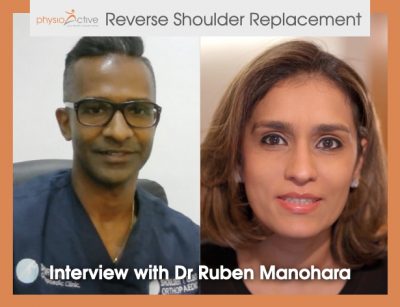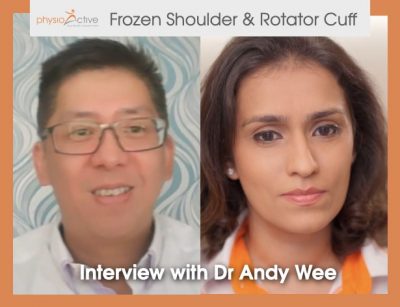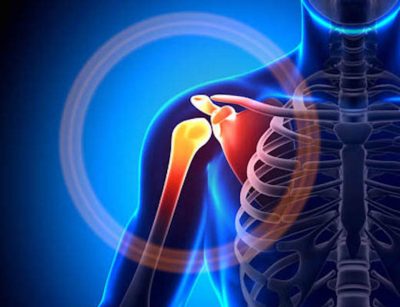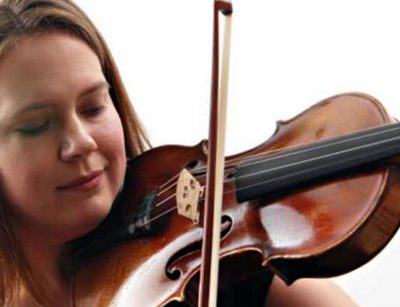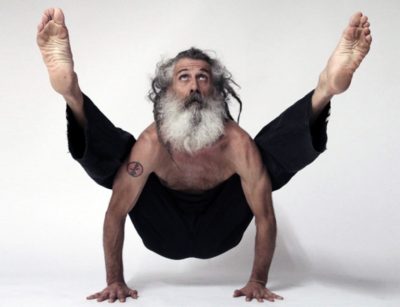Dr Desmond Ong explains Latissimus Dorsi Transfer Rotator Cuff Repair and the importance of physiotherapy
Rotator cuff tears are a common shoulder injury, especially among athletes and individuals who perform repetitive overhead motions. In some cases, surgical repair using a graft becomes necessary to restore function and stability. The latissimus dorsi transfer is a well-established surgical technique for this purpose.
If you’re facing rotator cuff surgery in Singapore, you’re likely wondering what comes next. Physiotherapy plays a vital role in your recovery journey after a latissimus dorsi transfer. This blog post explores the benefits of physiotherapy following this surgery and guides you towards finding qualified physiotherapists in Singapore.
Understanding Latissimus Dorsi Transfer for Rotator Cuff Repair
The rotator cuff is a group of muscles and tendons that stabilize the shoulder joint. A tear in the rotator cuff can cause significant pain and weakness. When a tear is large or complex, a surgeon might recommend a latissimus dorsi transfer.
The latissimus dorsi is a large muscle on your back. In this procedure, the surgeon takes a portion of this muscle and uses it to reinforce the torn rotator cuff tendon. This provides additional strength and stability to the shoulder joint.
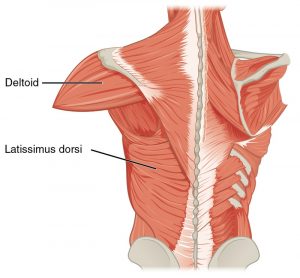
Latissimus Dorsi
Understanding Tendon Issues: From Inflammation to Repair
Our bodies rely on tendons, the tough tissues connecting muscles to bones, for smooth movement. But overuse or stress can take a toll on these tendons, leading to a range of conditions. Let’s explore the spectrum of tendon problems and potential solutions.
From Pain to Relief: Addressing Tendonitis
Tendonitis is the inflammation of a tendon, often caused by repetitive motions. It typically presents as pain and tenderness around the affected area. The good news? Tendonitis is usually treatable with conservative measures like physiotherapy or pain medication. Early intervention is key to managing the inflammation and preventing further damage.
Tears and Their Impact: Partial vs. Full Tendon Tears
When the stress on a tendon becomes excessive, a tear can develop. These tears can be either partial or full:
-
Partial Tear: In this scenario, only a portion of the tendon is ripped or frayed. With proper care and rest, a partial tear can often heal well.
-
Full Tear: A complete tear signifies a complete rip through the tendon. This can cause significant weakness and loss of function in the affected area.
Early diagnosis and treatment are crucial for optimal healing after a tendon tear. Physiotherapy can play a vital role in rehabilitation for both partial and full tears.
Irreparable Tears in the Shoulder: The Rotator Cuff Challenge
The rotator cuff is a group of tendons that provides stability to the shoulder joint. A full tear in the rotator cuff can become irreparable if left untreated for a long time. This means the damaged tendon is too weak or fragmented to be stitched back together.
In severe cases, there might be literally no usable tendon tissue left, necessitating surgery to address the issue.
Surgical Intervention: Latissimus Dorsi Transfer for Irreparable Tears
One surgical option for irreparable rotator cuff tears is a latissimus dorsi transfer. This procedure involves taking a muscle from your back, called the latissimus dorsi, and transferring it to replace the function of the torn rotator cuff tendon. Essentially, the latissimus dorsi muscle acts as a substitute, restoring stability and movement to the shoulder joint.
By understanding the different stages of tendon problems, from inflammation to tears, we can take proactive measures to prevent injuries or seek timely treatment for optimal healing and a return to full function.
Why Physiotherapy is Crucial After Latissimus Dorsi Transfer
While surgery addresses the torn tendon, physiotherapy helps you regain optimal shoulder function and movement. Here’s how physiotherapy benefits your recovery:
Pain Management: Physiotherapists utilize manual therapy techniques like massage and mobilization to reduce pain and inflammation after surgery. They may also incorporate modalities like ultrasound or electrical stimulation to promote healing.
Scar Tissue Management: Surgery can lead to scar tissue formation, which can restrict movement. Physiotherapists employ scar tissue mobilization techniques to improve flexibility and range of motion.
Strengthening Exercises: Regaining strength in the shoulder muscles, including the repaired rotator cuff and the latissimus dorsi itself, is crucial for regaining full function. Physiotherapists design personalized exercise programs to progressively strengthen these muscles.
Improving Range of Motion: Following surgery, your shoulder’s range of motion might be limited. Physiotherapists guide you through gentle stretching exercises to gradually restore your shoulder’s full range of motion.
Balance and Coordination Training: Regaining balance and coordination in your shoulder joint is essential for daily activities. Physiotherapists incorporate exercises that challenge your proprioception (body awareness) and improve your ability to control your shoulder movements.
Finding a Qualified Physiotherapist in Indonesia
Many physiotherapy clinics in Singapore offer post-surgical rehabilitation programs for rotator cuff repair patients. Here are some tips for finding the right physiotherapist for you:
Look for experience: Choose a physiotherapist with experience treating patients who have undergone latissimus dorsi transfer surgery.
Consider location: Opt for a clinic conveniently located near your home or workplace for ease of attending therapy sessions.
Read reviews and testimonials: Research online reviews and testimonials from past patients to gauge the clinic’s reputation.
Schedule a consultation: Discuss your specific needs and goals with the physiotherapist to ensure they understand your case and can create a personalized rehabilitation plan.
Remember, physiotherapy is an integral part of your recovery journey after latissimus dorsi transfer surgery. With dedication and a qualified physiotherapist by your side, you can regain optimal shoulder function and return to your daily activities pain-free.
Making an appointment
For more information on reverse shoulder replacement surgery and to explore your options, you can contact Dr. Ruben Manohara directly. And for those seeking postoperative physiotherapy, whether in Singapore or Indonesia, PhysioActive is here to assist you in your recovery journey.
To make an appointment with Dr Ruben Manohara his contact details are
- web: https://www.shooulderclinic.sg
- phone: +65 6262 2284
For Physioactive Singapore, find your closest location at: www.physioactive.sg
For Physioactive Indonesia, book directly online here

